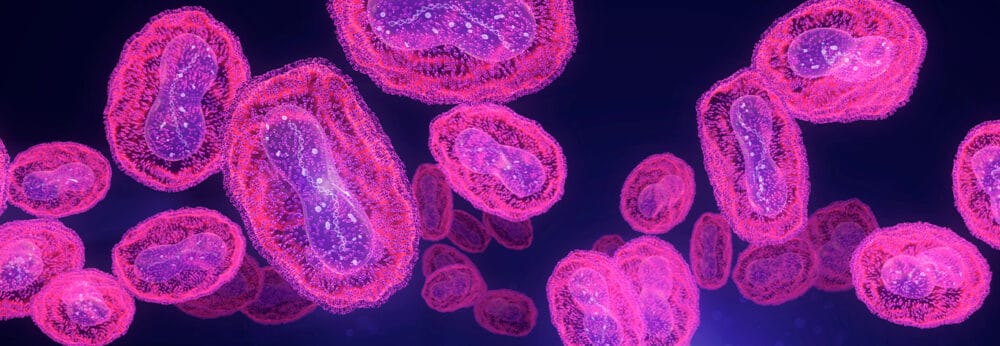Posted
29th May 2020
Research
As hospitals move past the peak of the COVID-19 pandemic, the risk of hospital-transmission looms large. Elective services will reopen and patients who have not been exposed to COVID-19 as a result of the broadly successful lockdown will come into hospitals and risk exposure to patient (and staff) with COVID-19 infections. How big is this risk? And how can it be successfully mitigated? A paper published on medrxiv* provides a useful model to help to answer these questions.
The study used a standard “susceptible – exposed – infectious – removed” (SEIR) approach to model the spread of COVID-19 in a typical UK hospital. The model predicted that approximately 20% of COVID-19 infections in patients and almost 90% of COVID-19 infections in staff will be hospital-acquired. The model also tested which interventions would have most impact on preventing nosocomial COVID-19. Around 80% of COVID-19 infections in patients can be reduced by placing patients in single rooms or cohorted together with other patients with COVID-19 in bays. Periodic testing of staff would have a small impact on COVID-19 infections in patients, but would reduce COVID-19 infections in healthcare workers by as much as 70%.
There are still many unknowns related to the potential nosocomial spread of COVID-19 – what is the underlying rate of transmission in the community? What is the rate of asymptomatic infection in patients and staff? What is the balance between droplet and contract spread of COVID-19, and how effective are various interventions in preventing spread? These questions will take many years and a lot of research to answer – in the meantime, we need to focus on getting the basics of effective infection prevention right in order to prevent the spread of COVID-19 including environmental hygiene, hand hygiene, patient and staff testing, effective patient segregation, and antimicrobial stewardship.
* Medrxiv is a ‘pre-print’ server, which publishes scientific articles as soon as they are drafted and before they have been peer-reviewed. This means that the paper may change during the peer review process, but it allows for rapid dissemination of scientific research.
SHARE THIS ARTICLE
Tags
Latest News
Clean Between to Reduce Healthcare-Associated Infections
Healthcare-associated infections (HAIs) are a significant concern for healthcare facilities…
Mpox: emergence of a new threat
A new threat related to mpox is emerging, in the…
Wiping away infections – the CLEEN way!
Cleaning shared medical equipment with a disinfectant wipe at least…
Embracing sustainability and cost savings: The journey of Clinell Indicator Notes to paper-based solutions
At GAMA Healthcare, we’ve always prided ourselves on being at…




